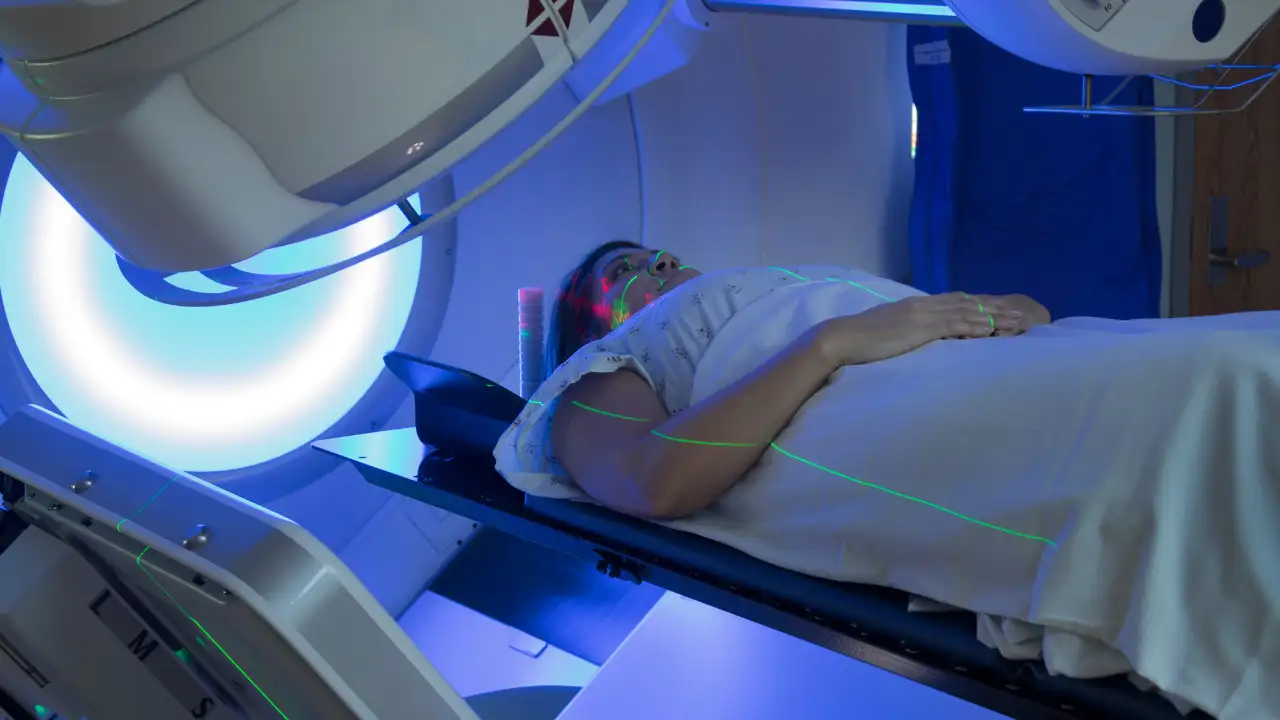When you hear the phrase “radiation therapy,” what comes to mind? Glowing in the dark? Days spent in agony? Saying goodbye to your favourite people, just in case? Radiation therapy has long been the target of wild misconceptions and horror movie-level myths. But for women facing gynaecologic cancers like cervical, endometrial, and ovarian, radiation therapy is often one of the most powerful weapons in the medical arsenal.
Dr. Tejinder Kataria, Chairperson of Radiation Oncology at Medanta - The Medicity, wants to set the record straight. She has seen it all, from patients terrified of turning radioactive to those convinced they will be bedridden for weeks. “It is time,” she says, “to separate science from science fiction.”
Myth 1: Radiation therapy makes you radioactive.
No, it does not. “External beam radiation therapy, the most common type, does not leave any radiation in your body,” Dr. Kataria explains. “You can hug your kids, cuddle your grandchild, and sit next to a pregnant friend without a second thought.”
Myth 2: It is going to hurt. A lot.
Radiation therapy itself is completely painless. “It is like getting an X-ray, just longer,” says Dr. Kataria. Of course, some side effects like skin irritation or fatigue may creep in during the treatment cycle. “These are generally mild and temporary, and we manage them with supportive care.”
Myth 3: Radiation scorches everything in its path.
“Thanks to advances like 3D conformal radiation therapy and intensity-modulated radiation therapy (IMRT), we can deliver highly focused doses that spare healthy tissues,” she says. It is precision medicine in action, targeting cancer cells while tiptoeing around organs like the bladder or bowel.
The Therapy Lowdown
Radiation therapy comes in two main flavours:
-
External Beam Radiation Therapy (EBRT): A giant machine delivers high-energy rays from outside the body, aimed straight at the tumour.
-
Brachytherapy: This technique places radioactive material inside or next to the tumour, making it ideal for certain cervical and uterine cancers.
The choice between EBRT and brachytherapy is not made lightly. It depends on the cancer type, stage, and personal health factors. “There is no one-size-fits-all here,” Dr. Kataria assures. “It is about tailoring treatment to each woman’s unique situation.”
But is it safe?
Radiation therapy has been around for over a century and has only gotten safer. “We follow strict international protocols. Our machines are regularly calibrated, and every dose is planned with surgical precision,” Dr. Kataria explains.
When and Why Radiation Matters
In cervical cancer, radiation therapy (usually a mix of EBRT and brachytherapy) is often combined with chemotherapy. Endometrial cancers might see radiation post-surgery or as a standalone treatment if surgery is not possible. For ovarian cancer, radiation is used sparingly, mostly for symptom relief or to manage localised disease.
Oh, and in case you were wondering, hair loss from radiation only happens if the treatment area is your scalp. “Even then, it is usually temporary,” says Dr. Kataria. “Hair often starts growing back within three months, although it might feel different at first.”
